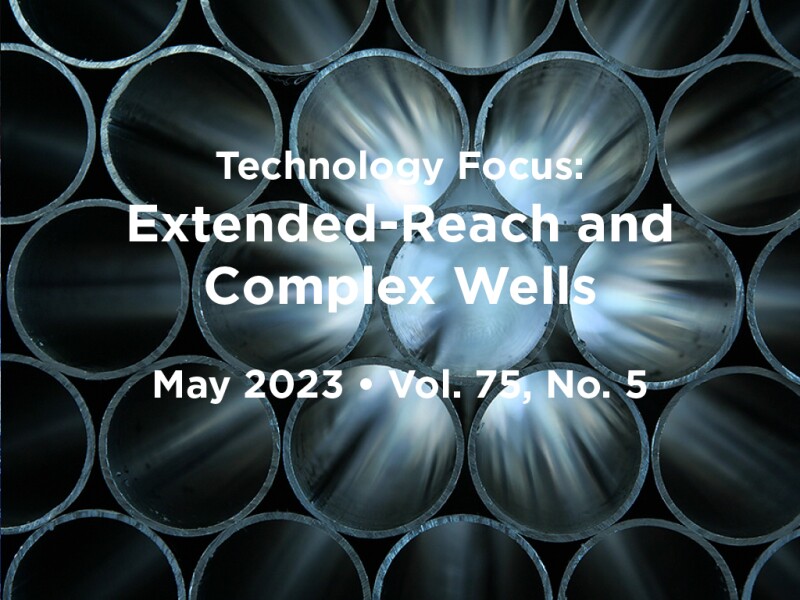A clear change in the last 2–3 years is that the energy transition is becoming the undisputable trend for almost all major oil and gas companies and oilfield services providers, as evident from the news of rebranding, the roll-out of companies’ new strategies, and announcements of commitments to net zero. Geothermal energy, especially within deep, hot, dry rock, is abundant around the globe. It can be a great opportunity for the majors to boost their energy-transition process and open new business opportunities.
Previously, however, deep geothermal development activities were rather limited and participation from the majors was sporadic. One reason was that drilling into such extra-hot and extra-deep impermeable rock could render excessively high cost and risk, making the development of deep geothermal energy far from economical and scalable and discouraging many companies from entering this hot spot.
The domain expertise and technologies in the oil and gas industry such as integrated project planning and operating, extended-reach drilling (ERD), high-pressure/high-temperature drilling tools, multilateral drilling and completions, geomechanics, flow and thermal dynamics modeling, and artificial intelligence have been fueling the ongoing march for new records on ERD, multilateral, and other complex wells. They have made it possible to drill faster, further, and with more production, which will be the keys to accelerating the learning curve, filling the technology gap, and breaking the economic barrier on deep geothermal drilling, which in turn will attract more players to this new arena.
A bold move of the majors into deep geothermal drilling could accelerate the removal of the economic and technical hurdles in harnessing the enormous baseload renewable energy and meanwhile backfeed new drilling technologies developed in deep geothermal applications to the oil and gas industry for a more sustainable future.
This Month’s Technical Papers
Expertise in Complex-Well Construction Leveraged for Geothermal Wells
Optimized Engineering and Drilling Practices Help Break Record for Extended-Reach Well
Decision Support Tool Shows Multilaterals Can Maximize Reserves Value
Recommended Additional Reading
SPE 206616 Deep Geothermal Well-Construction Problems and Possible Solutions by Mikhail Yakovlevich Gelfgat, Gubkin University, et al.
SPE 200792 Lessons Learned and Case Studies of Overcoming Sustained Casing Pressure in Extended-Reach Wells by Svetlana Nafikova, SLB, et al.
IPTC 21439 Application of Multilateral Wells for Production and Enhanced Oil Recovery: Case Studies From Canada by Eric Delamaide, IFP-Technologies

Kaibin Qiu, SPE, is a geomechanics adviser at Schlumberger. He has more than 20 years of experience in the industry and has worked on many geomechanics projects in Malaysia, Iran, Egypt, Libya, India, Indonesia, Japan, and China. Qiu holds a BS degree in hydraulic and hydropower engineering and an MS degree in geotechnical engineering, both from Tsinghua University in China. In recent years, he has been involved in the application of reservoir geomechanics for exploration and development on high-pressure/high-temperature wells, deep water, tight gas, shale gas, methane hydrates, geothermal wells, and gas injection. Beyond geomechanics, Qiu also has specialized in drilling engineering, integrated seismic to stimulation solutions for unconventionals, and carbon capture and storage. He has authored more than 40 technical papers. Qiu is an associate editor and technical review editor for the peer-reviewed SPE Journal and a technical review editor for the peer-reviewed SPE Drilling & Completion journal. He is a member of the JPT Editorial Review Board.

